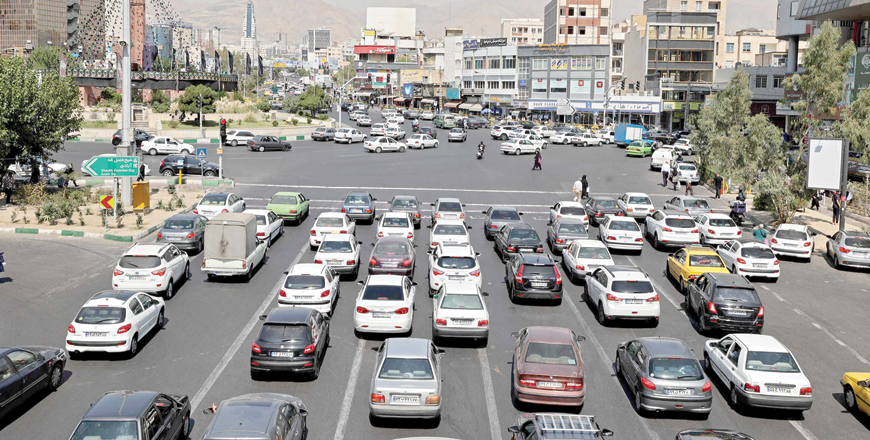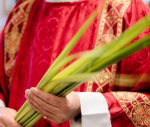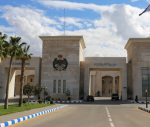You are here
Six reported killed as Iran protests spread over woman's death
By AFP - Sep 22,2022 - Last updated at Sep 22,2022

Iranians walk in a street in the capital Tehran on Wednesday (AFP photo)
PARIS — Protests have spread across Iran over the death of Mahsa Amini after the young woman was arrested by morality police, with a total of six demonstrators killed in a crackdown according to a rights group.
Public anger has flared in the Islamic republic since authorities on Friday announced the death of 22-year-old Amini, who had been held for allegedly wearing a hijab headscarf in an "improper" way.
Activists said the woman, whose Kurdish first name is Jhina, had suffered a fatal blow to the head, a claim denied by officials who have announced an investigation.
Some women demonstrators have defiantly taken off their hijabs and burned them in bonfires or symbolically cut their hair before cheering crowds, video footage spread virally on social media has shown.
"No to the headscarf, no to the turban, yes to freedom and equality!" protesters in Tehran were heard chanting in a rally that has been echoed by solidarity protests abroad, including in New York and Istanbul.
Iranian state media reported on Wednesday that, in a fifth night of street rallies that had spread to 15 cities, police used tear gas and made arrests to disperse crowds of up to 1,000 people.
London-based rights group Article 19 said it was "deeply concerned by reports of the unlawful use of force by Iranian police and security forces" including the use of live ammunition.
Demonstrators hurled stones at security forces, set fire to police vehicles and garbage bins and chanted anti-government slogans, the official IRNA news agency said, adding that rallies were held in cities including Mashhad, Tabriz, Isfahan and Shiraz.
"Death to the dictator" and "Woman, life, freedom", protesters could be heard shouting in video footage that spread beyond Iran, despite online restrictions reported by internet access monitor Netblocks.
Iran’s supreme leader Ayatollah Ali Khamenei spoke publicly on Wednesday, but without mentioning the spreading unrest, and the ultra-conservative President Ebrahim Raisi was to address the UN General Assembly in New York later in the day.
‘Significant shock’
The wave of protests over Amini’s death “is a very significant shock, it is a societal crisis”, said Iran expert David Rigoulet-Roze of the French Institute for International and Strategic Affairs.
“It is difficult to know the outcome but there is a disconnect between the authorities with their DNA of the Islamic revolution of 1979 and an increasingly secularised society”.
“It is a whole social project that is being called into question. There is a hesitation among the authorities on the way forward with regard to this movement.”
Ismail Zarei Koosha, the governor of Kurdistan province — where Amini lived and where the protests started — said Tuesday that three people had been killed during protests, but blamed “a plot by the enemy”.
The Norway-based Kurdish rights group Hengaw, which had first reported those three deaths, said Wednesday that two more protesters had been killed overnight.
The two, aged 16 and 23, died in the towns of Piranshahr, which was rocked by fierce clashes, and Urmia, both in West Azerbaijan province, Hengaw said.
Another male protester who was wounded in Divandareh on September 17 died from his injuries in hospital, it said.
“The number of deaths in the protests has increased to six,” the group said, also reporting that about 450 people had been wounded and 500 arrested, in figures that could not be independently verified.
‘Enemy plot’
Video spread online showing security forces opening fire on protesters in the southern city of Shiraz, where protests continued into the early hours of the morning.
Amini’s death and Iran’s response to the protests have sparked condemnation from the United Nations, United States, France and other countries.
The protests are among the most serious in Iran since November 2019 unrest over fuel price rises.
Foreign ministry spokesman Nasser Kanani on Tuesday condemned what he called “foreign interventionist positions”.
“It is regrettable that some countries try to take advantage of an incident under investigation as an opportunity to pursue their political goals and desires against the government and people of Iran,” he said.
Iran’s Telecommunications Minister Issa Zarepour on Wednesday warned of internet restrictions, citing the “security issues of these days”, ISNA news agency said.
Article 19 said it was “alarmed by the local Internet shutdowns”, recalling that in 2019 authorities had “used the darkness of a shutdown to kill, maim and arrest protesters and bystanders with impunity”.
Related Articles
PARIS — One month ago, a 22-year-old woman was pronounced dead after she had been detained by Iran’s notorious morality police for alleged v
PARIS — The official death toll has nearly doubled to 35 in a crackdown by Iran's security forces on more than a week of protests that erupt
PARIS — Iranians took to the streets Tuesday after organisers of protests over Mahsa Amini's death called for demonstrations marking three y
















